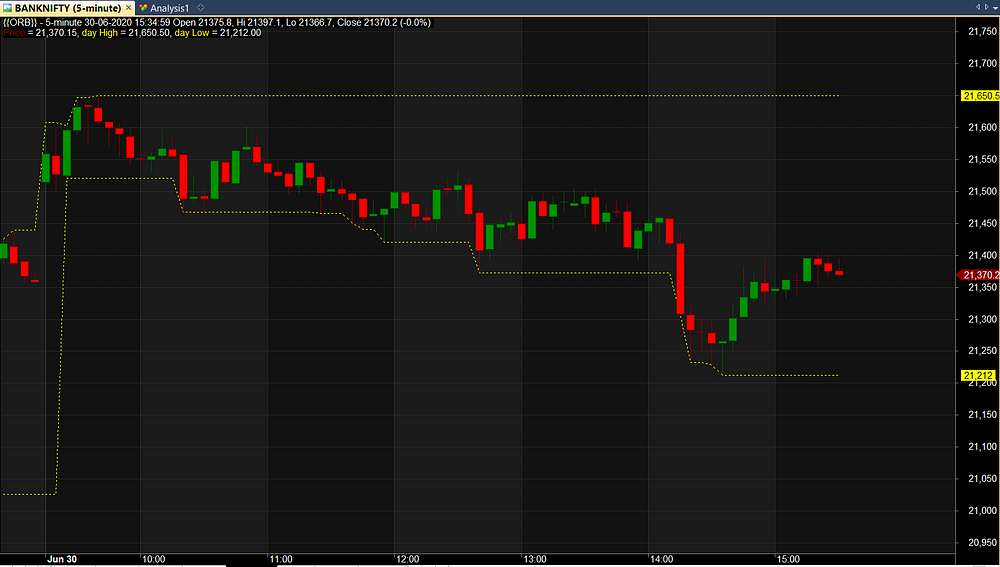Starting out in trading can feel like stepping into a vast, unfamiliar space. Whether you’re new to trading or looking to improve your approach, creating a solid trading strategy is key to long-term success. Let’s explore how you can build a strategy that fits your goals and helps you make the most of your trading opportunities.
Understanding Your Trading Goals and Market Analysis
Before you start trading, it’s important to think about what you want to achieve financially and how much risk you’re comfortable with.
Ask yourself: Are you looking for quick, frequent gains or slower, steady growth? How much of your money are you okay with risking on a single trade?
Your answers will help shape your overall strategy.
Once you have objectives, it is time for market research. A stock screener can be useful here because it helps narrow down many stocks into potential ones based on matching criteria. This saves time, especially if one needs stocks with high dividend payments, showing strong earnings growth, or having particular price patterns, among other things.
When looking at possible trades, decide whether to focus on fundamental analysis, technical analysis, or both. Fundamental analysis involves studying a company’s financial health, its position in the industry, and future growth prospects, among others, while technical analysis looks at price patterns and market trends, among other things too, but many successful traders use them together so as not to miss out any information about their potential investment(s).
Choosing Your Trading Style and Developing Rules
Your trading style should match your personality, goals, and the time you have available. The three main styles are:
- Day Trading: Buying/selling within a single trading day.
- Swing Trading: Holding positions for several days/weeks.
- Position Trading: A longer-term approach where you hold positions for weeks, months, or even years.
Each style has its good and not-so-good points, so choose the one that fits best with your life and how much risk you’re willing to take.
Once you’ve picked your style, it’s time to make clear rules for when to enter and exit trades. Your entry rules might include specific price levels, technical indicators, or fundamental factors. Exit rules are just as important – set clear targets for taking profits and levels for cutting losses.
Remember, being consistent is crucial.
Even the best strategy won’t work if you don’t follow your rules consistently. Making decisions based on emotions is often a trader’s biggest challenge, so having set rules can help you stay disciplined.
Testing, Refining, and Managing Risk
Before you risk real money, it’s crucial to test your strategy. Start by backtesting – applying your strategy to past market data to see how it would have performed. Many trading platforms offer tools for backtesting, which makes this process easier.
After backtesting, try paper trading. This means simulating trades in real-time market conditions without using actual money. It’s a great way to practice your strategy and get comfortable with your trading platform without financial risk.
Managing risk is a vital part of any successful strategy. Account for these factors:
- Position Sizing: Never risk more than a small part of your trading money on a single trade.
- Diversification: Spread your risk across different types of investments.
- Risk-Reward Ratio: Aim for a good balance, like risking Rs. 1 for the chance to gain Rs. 2 or Rs. 3.
Using technology can really help your trading strategy. Many traders find value in platforms like TradingView. A simple TradingView login gives you access to advanced tools for charting, real-time data, and a community of other traders. While it’s not the only platform out there, it’s popular with both new and experienced traders.
Conclusion
Creating a winning trading strategy is a personal journey that takes time, effort, and ongoing learning. Start by clearly defining your goals and how much risk you’re okay with. Use tools like screeners to find potential trades, and choose a trading style that suits your personality and lifestyle.

